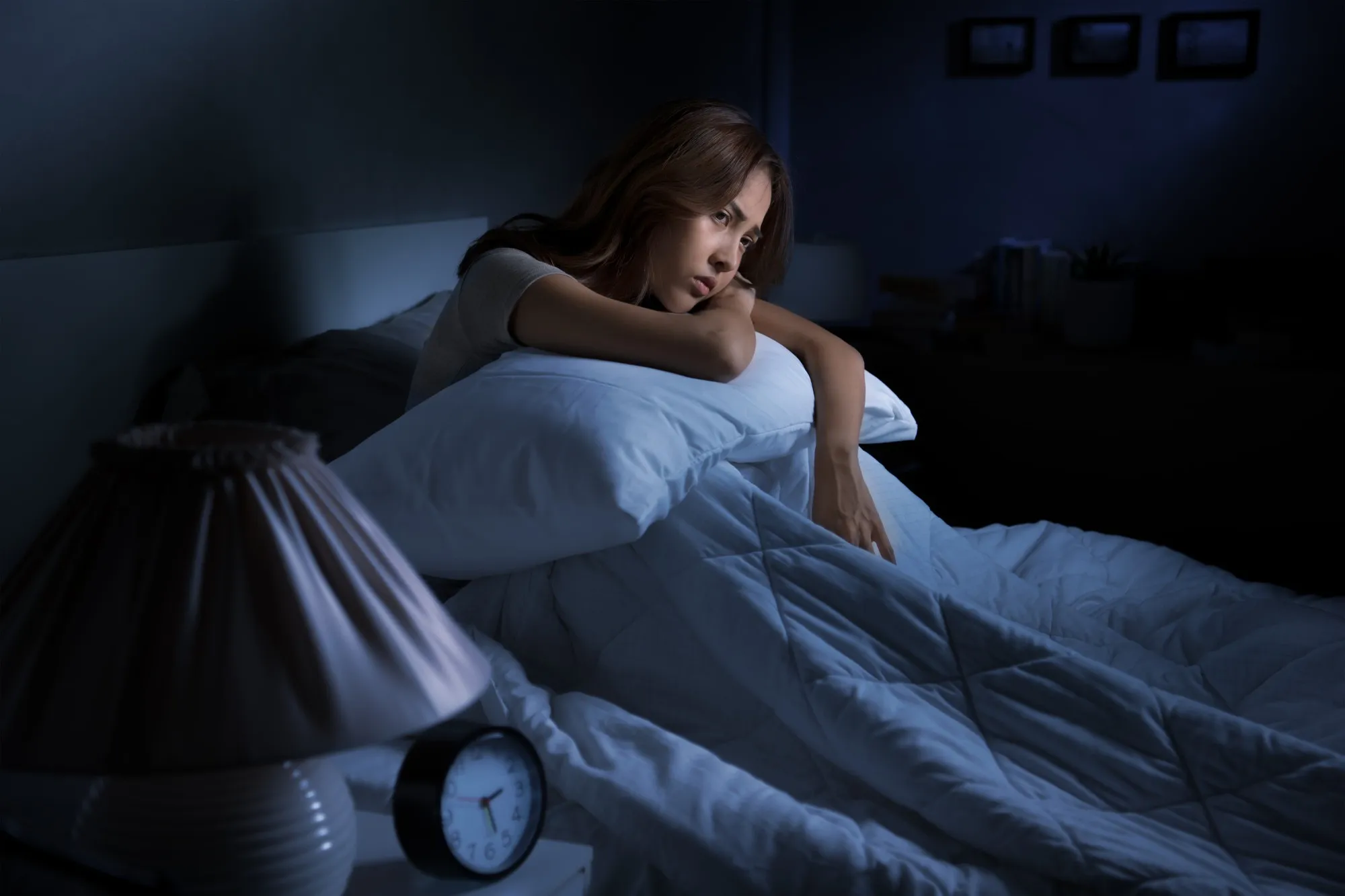Introduction
Autism Spectrum Disorder (ASD) is a developmental disorder that encompasses a range of neurodevelopmental conditions, presenting with complex challenges in behavior, communication, and social interaction. Sleep disturbances have long been associated with ASD, often exacerbating other symptoms and impairing quality of life. A recent pilot study published in Scientific Reports sheds light on the unique pattern of nighttime body movements in young children with ASD, drawing a possible connection between physical restlessness at night and social competencies. The study, spearheaded by Naito Nobushige and colleagues at Kanazawa University’s Department of Psychiatry & Behavioral Science, posits that these movements could serve as an objective behavioral index for early intervention strategies. This article explores the study’s methodology, findings, implications, and broader significance for understanding ASD.
The Study
The research involved 17 typically developing (TD) children and 17 children with ASD, ages 5 to 8, over a testing period of three nights. Children were equipped with accelerometers attached to their waists to record movements during sleep. By analyzing the average time course of body movements, specifically during the early phases post the onset of body stillness, researchers identified notable differences between the two groups.
Key Findings
Children with ASD displayed a higher rate of body movement 2 to 3 hours after the onset of body stillness compared to their TD counterparts. The findings also highlighted that increased body movement 0.5 to 1 hour after the onset of body stillness correlated with lower social ability in children with ASD. This suggests that atypical movement patterns during sleep may be reflective of the neurodevelopmental challenges faced by children with ASD.
Implications
The study’s results open the door to potential sleep-based diagnostics and interventions that may enhance overall outcomes for children with ASD. The relationship between motor restlessness and social abilities implies that sleep quality in ASD is multifaceted, pointing toward an interconnectedness between physical and social domains.
Broader Significance
Understanding and addressing sleep issues could play a pivotal role in managing ASD. By recognizing specific sleep patterns as early markers of ASD, interventions could be tailored more effectively to individual needs, potentially ameliorating associated conditions such as daytime behavioral issues or learning difficulties.
References
1. Naito, N. et al. Atypical body movements during night in young children with autism spectrum disorder: a pilot study. Sci Rep 9, 6999 (2019). https://doi.org/10.1038/s41598-019-43397-y
2. Cortesi, F. et al. Sleep in children with autistic spectrum disorder. Sleep Med. 11, 659–664 (2010). https://doi.org/10.1016/j.sleep.2010.01.010
3. Elrod, M.G., Hood, B.S. Sleep differences among children with autism spectrum disorders and typically developing peers: a meta-analysis. J Dev Behav Pediatr. 36, 166–177 (2015). https://doi.org/10.1097/DBP.0000000000000140
4. Moore, M. et al. Assessment of Sleep in Children with Autism Spectrum Disorder. Children (Basel) 4, 10.3390/children4080072 (2017). https://doi.org/10.3390/children4080072
5. Souders, M.C. et al. Sleep behaviors and sleep quality in children with autism spectrum disorders. Sleep 32, 1566–1578 (2009). https://doi.org/10.1093/sleep/32.12.1566
Keywords
1. Autism Spectrum Disorder Sleep Patterns
2. Atypical Nighttime Body Movements
3. ASD Sleep Disturbances Study
4. Objective Behavioral Index ASD
5. Accelerometry in ASD Sleep Research
Conclusion
Nobushige et al.’s study brings crucial insight into the complexities of sleep disturbances in children with ASD. The identified atypical body movements during the night may serve as tangible metrics for understanding the breadth of ASD manifestations. Further research is necessary to determine the causality and full significance of these findings, as sleep patterns could become pivotal in the framework for early ASD detection and the enrichment of treatment strategies. The potential for sleep interventions to improve daily functionality and development in young children with ASD promises an avenue with profound ramifications for families and practitioners alike.
